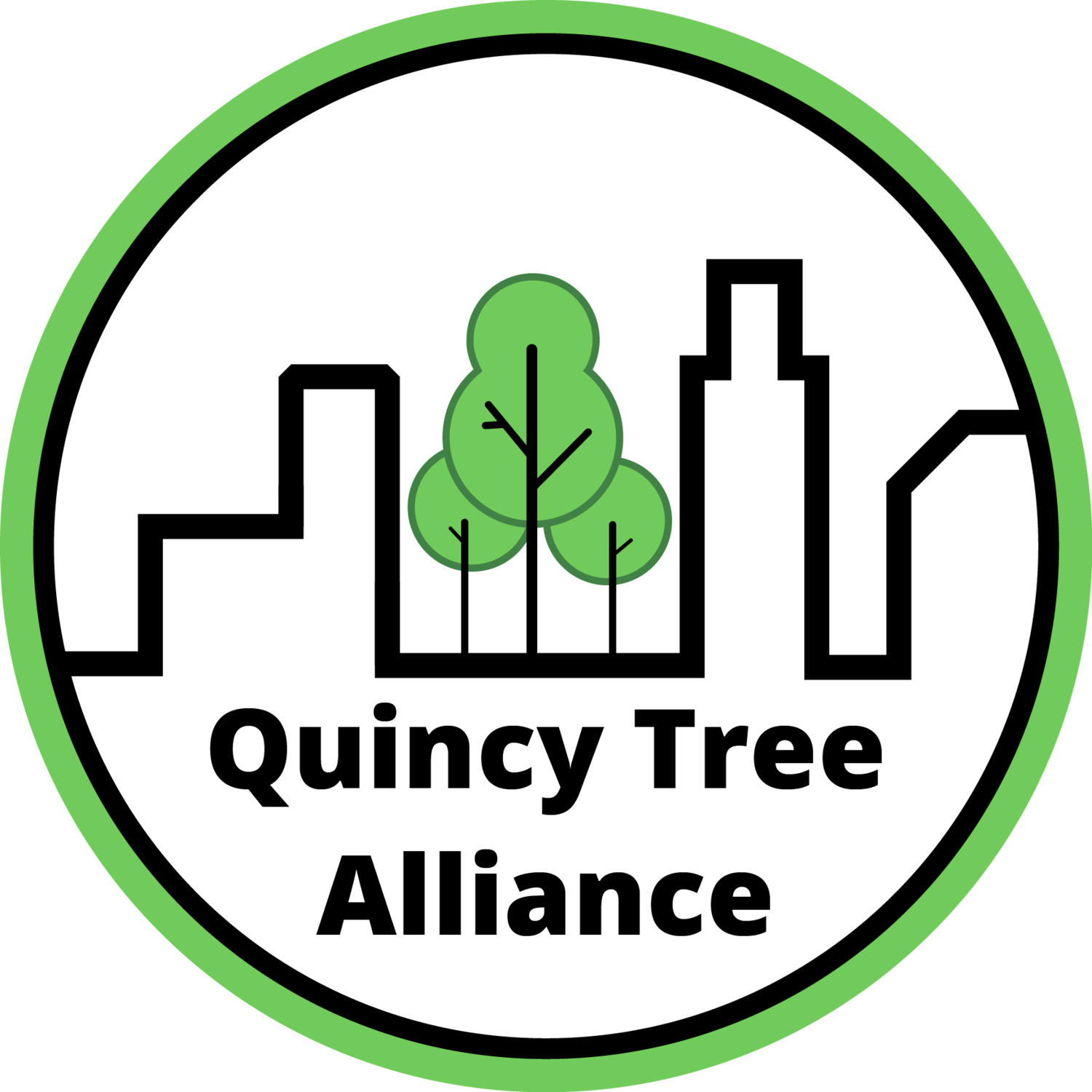Revere, don’t fear, your trees
It can be scary and dangerous when big branches, limbs, and even entire trees are knocked down by the high winds of a New England nor’easter. And storms will only get more forceful as climate change worsens.
However, those same towering trees provide far more benefits than risk in a warming world.
While storm-downed trees can cause injury or property damage, high temperatures are, by far, the most deadly weather-related threat. Heat waves kill upwards of 1,300 Americans every year, and that danger will only increase as global temperatures rise. Boston is projected to endure four times as many 90-degree days by 2030 as it did from 1971–2000.
Ailing trees should be professionally evaluated and pruned to reduce their risk of falling in severe weather. But a healthy urban tree canopy can cool down an entire neighborhood by as much as 10 degrees on a hot summer day — saving lives, not to mention air conditioning costs.
An apparently diseased tree on Gould Street was downed by last week’s nor’easter, which featured a “bomb cyclone” (Image: Maggie McKee)
We in Quincy are also at high risk of flooding as sea levels rise and storms get wetter. But our biggest trees are quietly doing hero’s work by reducing stormwater runoff during downpours and absorbing thousands of gallons of groundwater per year. And while property damage caused by a fallen tree is covered by standard homeowners insurance, most flood damage is not.
What’s more, while slowing sea level rise will demand that we take urgent action to change our energy infrastructure and cut carbon emissions, our oldest trees are already hard at work on that front: Trees are nature’s most elegant, simple, and effective solution to the climate crisis, with each one sucking some 48 pounds of carbon dioxide out of the atmosphere each year.
It’s important to understand that these benefits mostly come from big, full-grown trees. A single 20-inch-diameter tree absorbs more stormwater and carbon than 10 two-inch trees. So while planting new saplings is an important long-term climate solution that will pay big dividends in 20 years, saving the large trees we already have is far more critical in the near term.
Full grown trees can...
Cool your home: One healthy tree provides as much cooling power as 10 window air conditioners, according to the US Forest Service — so a tall tree that shades your home will lower your electric bill. Want proof? Homes in one Worcester neighborhood that lost their street trees due to an insect infestation in 2008 saw their energy usage climb nearly 40% the following summer.
Absorb excess water: Trees are thirsty. A 100-foot tall tree can pull 11,000 gallons of water from the soil in a single year. Indeed, homeowners who cut down a full-grown tree may not realize just how much groundwater that tree was absorbing until after it’s gone... and their basement is wet.
Clean the air: Trees are powerful air purifiers, filtering air pollution from sulphur dioxide, nitrogen dioxide, ground level ozone, and other harmful particulate matter.
Reduce stress: Spending just 15 minutes among trees lowers blood pressure and reduces the stress hormone cortisol.
Improve health: Aromatic chemicals emitted by evergreen trees are shown to boost immunity, while hospital patients with tree views actually recover from surgery faster.
Cool off the entire neighborhood: On hot summer days, the air temperature is up to 10 degrees cooler in neighborhoods with a dense tree canopy overhead. This isn’t just due to shade; it’s also because of evapotranspiration, where a tree releases water vapor through its leaves, which then cools the surrounding air as it evaporates.
Increase your home’s resale value: Multiple studies have shown that homes with large, stately trees out front see a 3% to 15% boost in resale values. In Quincy, where the median sale price of a single family home is now $595,000, even just a 3% increase in property value equates to an $18,000 “tree premium” for your home.
Fight crime: Even controlling for socioeconomic factors, researchers in New Haven, Connecticut, found that every 10% increase in tree canopy corresponded to a 15% drop in violent crimes and a 14% reduction in property crimes. Other studies have produced similar findings.
Reduce noise pollution: Trees and shrubs also dampen excess noise, such as sirens, traffic, and car alarms.
If you have a towering tree in your yard, be grateful, not fearful. That sophisticated piece of urban engineering took Mother Nature 50 or 100 years to build. Preserve it — you deserve it.
— Jon Gorey, QTA member

